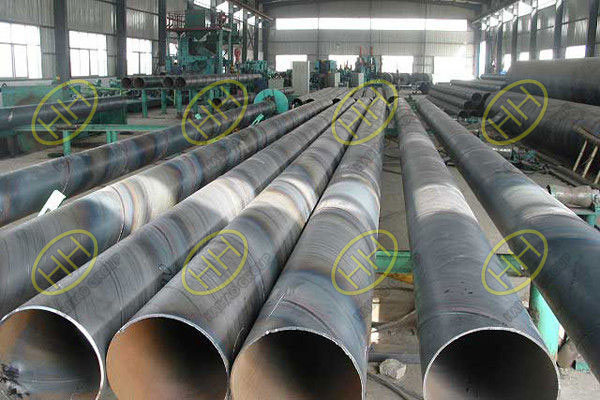Elevating welding excellence: introducing welding materials
Welding materials encompass various filler metals and additional protective substances used to enhance the quality of welding processes. Widely utilized in welding production, these materials primarily include welding rods, welding wires, fluxes, and more. The quality of welding materials plays a crucial role in ensuring the stability of welding processes and achieving satisfactory weld metal properties.
Functions of Welding Materials:
Ensuring Stable Arc and Smooth Transition of Welding Droplets: Welding materials facilitate stable arc combustion and smooth transition of welding droplets, crucial for consistent and controlled welding operations.
Protecting Molten Pool Metal During Welding: During the welding process, welding materials protect the molten pool metal from atmospheric contamination, preventing the ingress of air and ensuring the integrity of the weld.
Facilitating Metallurgical Reactions and Transition Alloy Elements: Welding materials facilitate metallurgical reactions and transition alloy elements, enabling adjustment and control of the composition and properties of the weld metal.
Preventing Welding Defects such as Porosity and Cracks: High-quality welding materials help prevent welding defects such as porosity and cracks, ensuring the integrity and reliability of the welded joint.
Improving Welding Process Performance: Welding materials also aim to improve welding process performance, enhancing welding efficiency while maintaining welding quality standards.
Welding materials play a pivotal role in achieving high-quality welds and ensuring the integrity and reliability of welded structures. Adherence to stringent standards and regulations is essential to guaranteeing the performance and safety of welding processes in various industrial applications.

